A few of you may have noticed that we haven’t had any updates on Venus, one of our ACEC curlews, in quite some time. Unfortunately, Venus died on the Long-billed Curlew Area of Critical Environmental Concern (ACEC) study area during the last week of May. We launched an official investigation of her death with the Idaho Fish and Game’s Wildlife Health Laboratory, and so haven’t been able to share the news until now. Read on for the rest of the story, and the conclusions of her autopsy.
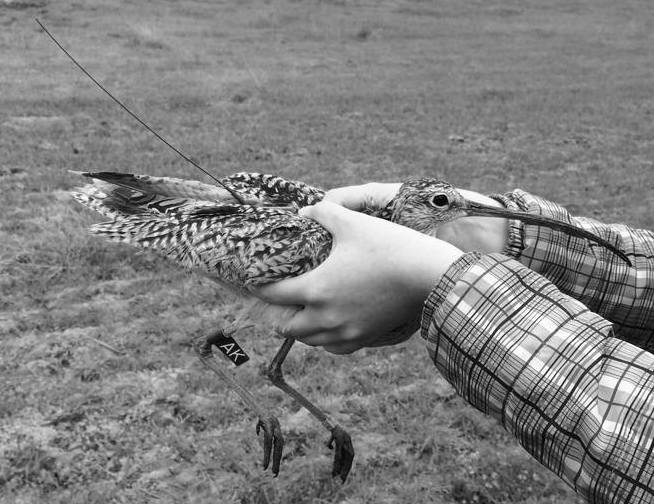
We are saddened to lose Venus (and the monetary/time investment that went into attaching her transmitter) but we hope that her story will help bring attention to the plight of her fellow Long-billed Curlews on the ACEC. We are also sad to share this news with the Community Cub Scout Pack (#255) of Middleton, who visited her home this spring and chose her name.
Her story
Toward the end of May, we began to get a signal that Venus’s transmitter had not moved. As always we were concerned, but we were out of town attaching transmitters on other curlews and so were not able to go check on her right away. We became even more worried when realizing that the crew had last seen her with recently hatched chicks but hadn’t found her on the last couple visits to her territory. In 2013 we strongly suspected that one of our curlews was shot, and he was killed just days after his chicks hatched – when curlews are the most defensive of their territory, most visible, and most likely to loudly approach humans that are near their chicks. With her risk of being shot elevated, we feared the worst. This was not just a transmitter glitch.
When we finally made it to the ACEC in June, we found what we had expected: Venus was dead. There was no sign of her mate or chicks anywhere in the area. Since chicks of a young age are not very mobile, we assume that her chicks died and her mate fled (he did not have a transmitter, so we will never know but it’s possible that the male continued to care for the chicks).
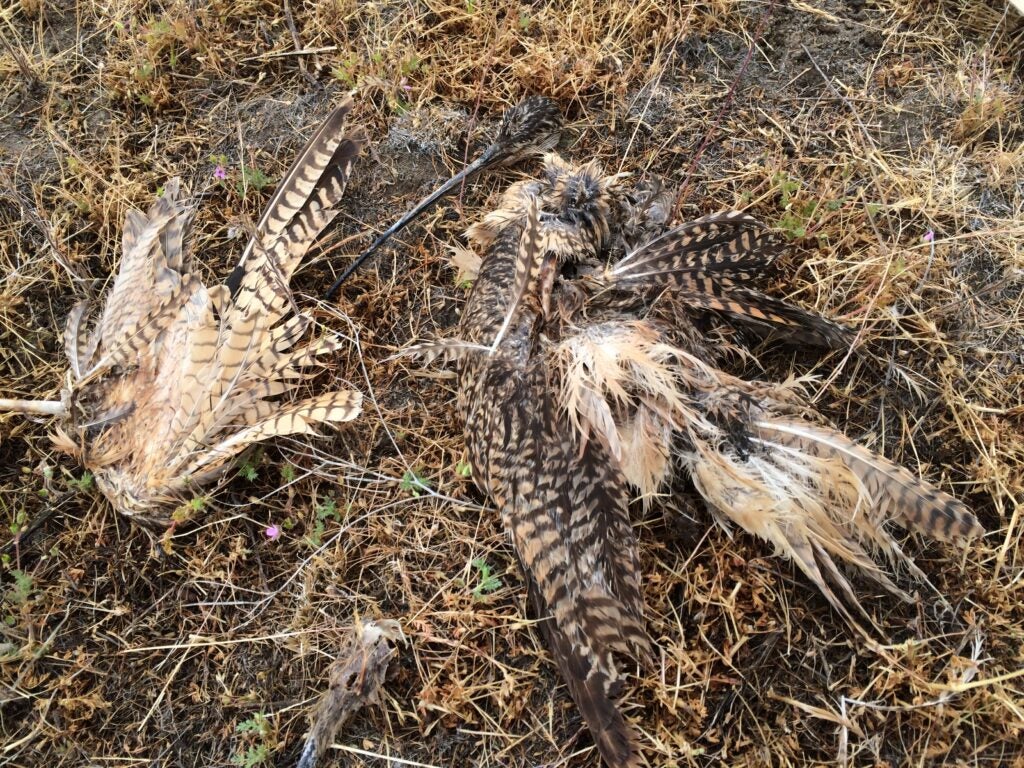
Because of the hot summer weather, there wasn’t much left of her, but thankfully we were able to recover Venus’s transmitter unharmed. After some debate, we decided it would be worth it to collect what was left of her body to investigate the cause of death, though we were not hopeful that any evidence remained so long after her death. We contacted Mark Drew from the IDFG Wildlife Health Laboratory and he kindly offered to do an autopsy for us.
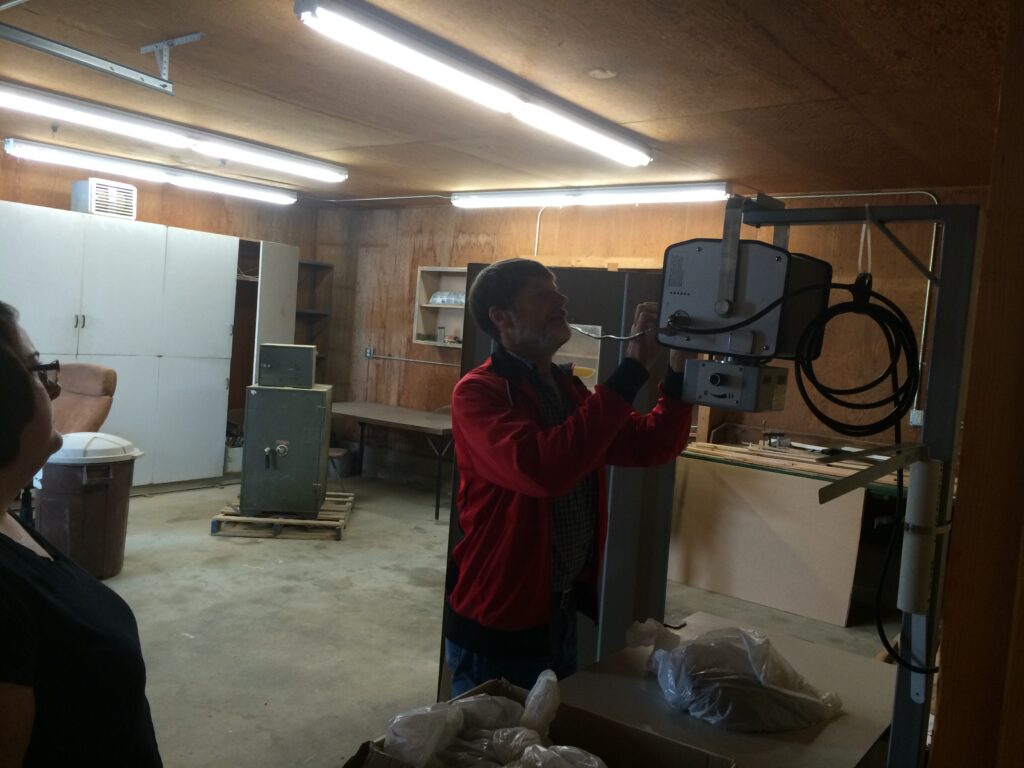
Necropsy Report
This month, after rigorous testing, x-rays, and a careful necropsy report, we have the results. Venus was killed by a gunshot wound to her upper chest.
- Other: x-rays – carcass – numerous metal densities at base of neck and thoracic inlet. Grit in gizzard – soil – no metallic densities present
- Preliminary Diagnosis: gunshot trauma to thoracic inlet
- Final Diagnosis: gunshot trauma to thoracic inlet
- Comment: the presence of metallic fragments in the thoracic inlet suggest gunshot trauma. The larger pieces observed in the x-rays were unable to be located due to desiccation of the tissues in the thoracic inlet.
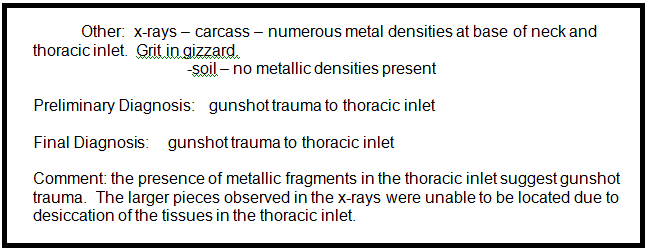
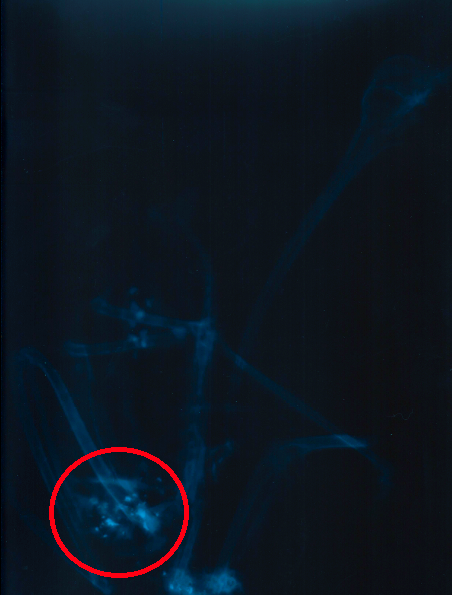
The silver lining
While we never wish for any of the curlews we study to die, we are thankful for a few reasons:
- In the past, we have seen several shot curlews on the ACEC and several others where we suspected foul play. By having a transmitter on Venus, we were able to find her body relatively quickly and retrieve the necessary evidence to show that she had been shot.
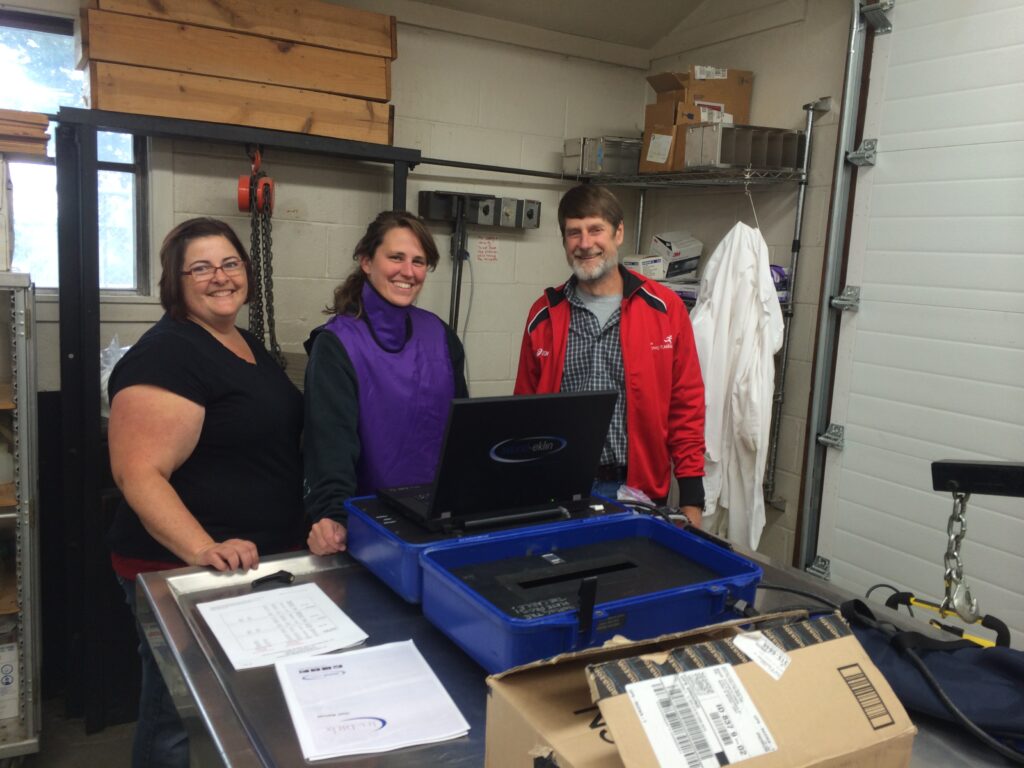
- We hope that, because of her ‘fame’ as a part of our study, that her death will bring this issue to the attention of the public, so that something can be done to prevent these deaths in the future
- Her death highlights a gap in community awareness that needs to be filled. While shooting of ground squirrels and some other species is legal on the ACEC, Long-billed Curlews (along with many other bird species on the ACEC) are protected by the Migratory Bird Treaty Act. This means the person who shot Venus committed a federal crime. Many who use the ACEC do not realize that it is an Area of Critical Environmental Concern, or that it is illegal to shoot curlews or other birds that live there. We hope that we at IBO, along with your help, can develop a partnership to change this through education and outreach – to the recreationists who visit this area and to the communities surrounding the ACEC as well as in other places in Idaho where illegal shooting of wildlife occurs.